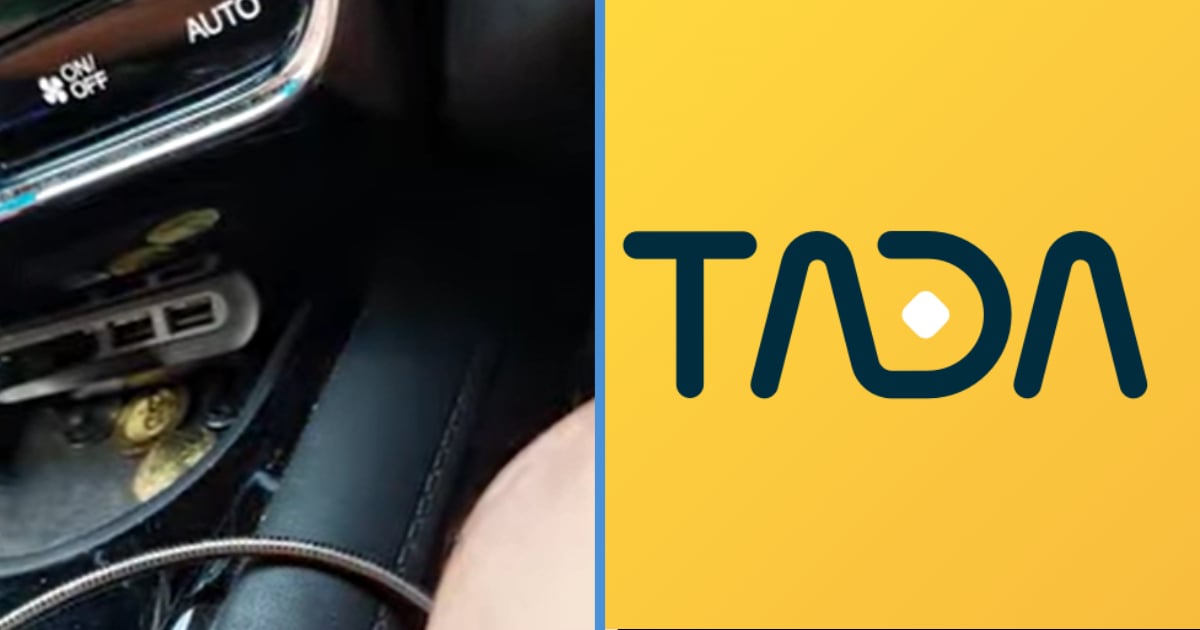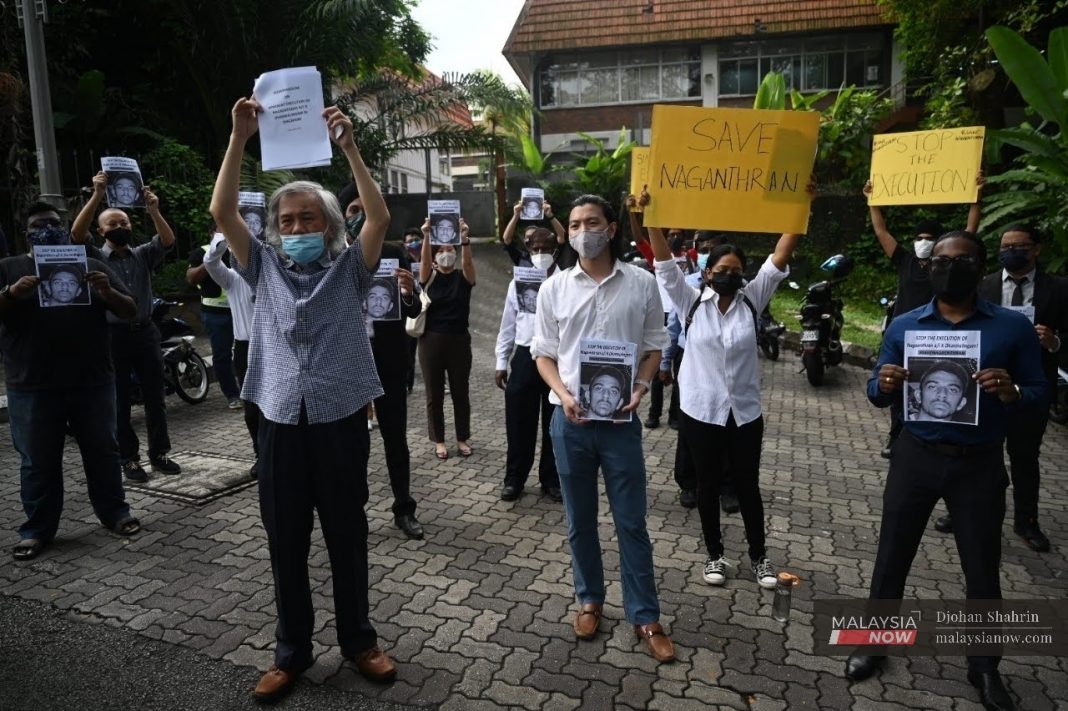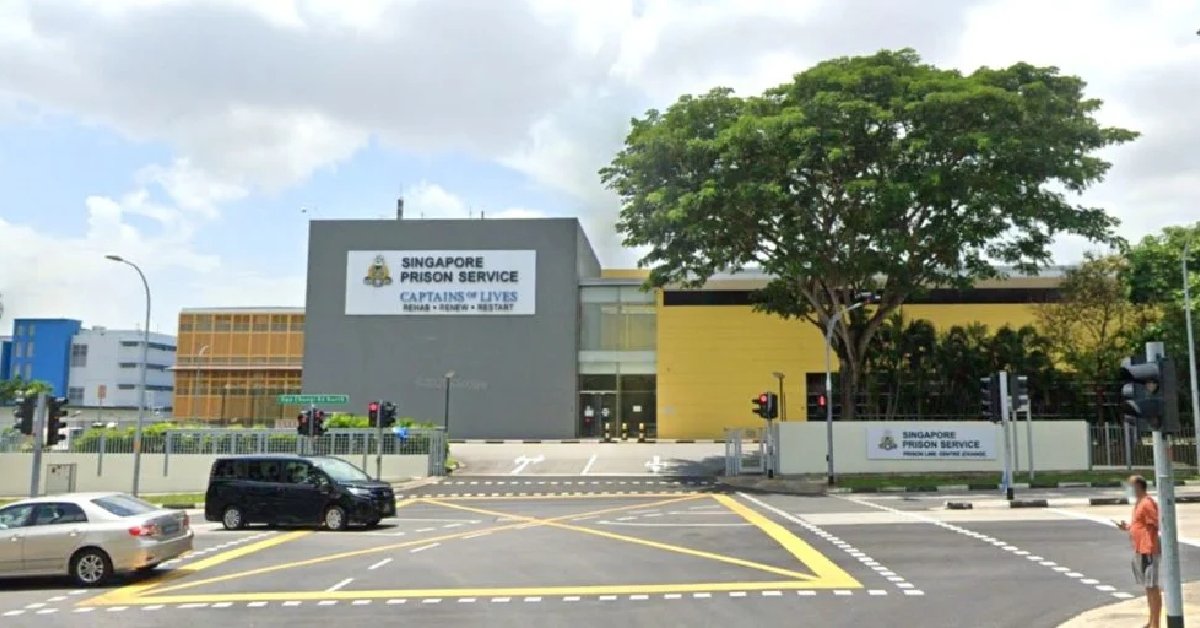If you travel with kids frequently, you’re probably aware of the rules regarding children being seated in booster seats when travelling in cars.
But it seems like a driver from the private ride-hailing service TADA and his passenger couldn’t see eye to eye regarding the rules.
Just last Sunday (11 June), an anonymous Facebook user uploaded the following video to the PROFESSIONAL PHV DRIVERS SINGAPORE:GRAB,GOJEK,TADA n RYDE Facebook group.
In the caption, the user, who was the driver, wrote, “Another cheapo Karen with four-year-old and don’t want to pay $2 booster seat when provided.”
The video, which did not capture the driver or passenger’s face on camera, recorded how the duo argued over a $2 surcharge that the driver insisted on implementing for a booster seat.
Throughout the video, the driver kept claiming that it was against the law for him to drive the passenger’s child without the booster seat.
On the other hand, the lady stood her ground and said she would not pay $2 for a booster seat.
She added that she uses TADA’s services “every week and every time” and that paying extra for a booster seat was never an issue in past rides.
“Maybe you can drop us here, you know, we don’t mind. I’m not going to pay for extra $2 because… you know?” she told the driver.
“So you’re going to say that it’s wrong for me to collect $2 because I’m following the law?” he questioned.
“No, because Tada doesn’t have such thing that says I have to pay extra $2,” she responded.
She then insisted that the driver drop her off as she would not pay $2 for the booster seat.
To that, the driver said, “And then you rather take the illegal way.”
Which triggered another debate on whether the passenger was doing something illegal or not.
At one point, the driver even told the passenger that they should settle the issue at the police station.
Yup, because police stations are the place to argue over $2 surcharges for the use of booster seats.
The passenger refused and said the driver could go ahead alone if he wanted to create trouble for himself.
Ultimately, the driver agreed to drop the passengers off without driving them to their destination.
LTA’s Rules About Booster Seats
And if you’re still confused over whether not having booster seats in private hire vehicles is illegal or not, here’s your answer.
Based on a media reply from the Land Transport Authority (LTA), all passengers under the height of 1.35m can only travel in vehicles if they are in booster seats or child restraints.
The response, dated 10 February 2017, added that this rule does not apply to taxis due to the street-hailing nature of taxis.
“Hence, it would not be reasonable to expect them to be equipped with booster seats and child restraints at all times, or to reject passengers with infants or children,” LTA explained.
However, that’s not the case for private hire cars.
“In comparison, private hire cars, which must be pre-booked, allow passengers to indicate if they require booster seats or child restraints at the point of booking. This gives private hire car drivers sufficient advance notice to prepare accordingly,” LTA emphasised.
On a completely unrelated note, while some netizens criticised the passenger for (technically) not following the rules regarding the booster seat, others noted that the driver wasn’t any better.
Apart from the dubious $2 surcharge that some said the driver should not have implemented, several eagle-eyed netizens noticed the driver’s inappropriate attire for the job.

In the video, the driver’s bare knees can be seen, leading to some netizens speculating that the driver was wearing bermudas or shorts instead of the long pants that are required of them.
And if you’re wondering if there’s actually a rule for this, there is.
Based on TADA’s community guidelines, drivers “shall always be properly and decently attired (at a minimum, [they] shall wear long trousers and covered shoes)”.
The guidelines also highlight other points that drivers should abide by, with one of them being maintaining a polite attitude when communicating with passengers as drivers impacts the image of the company.



